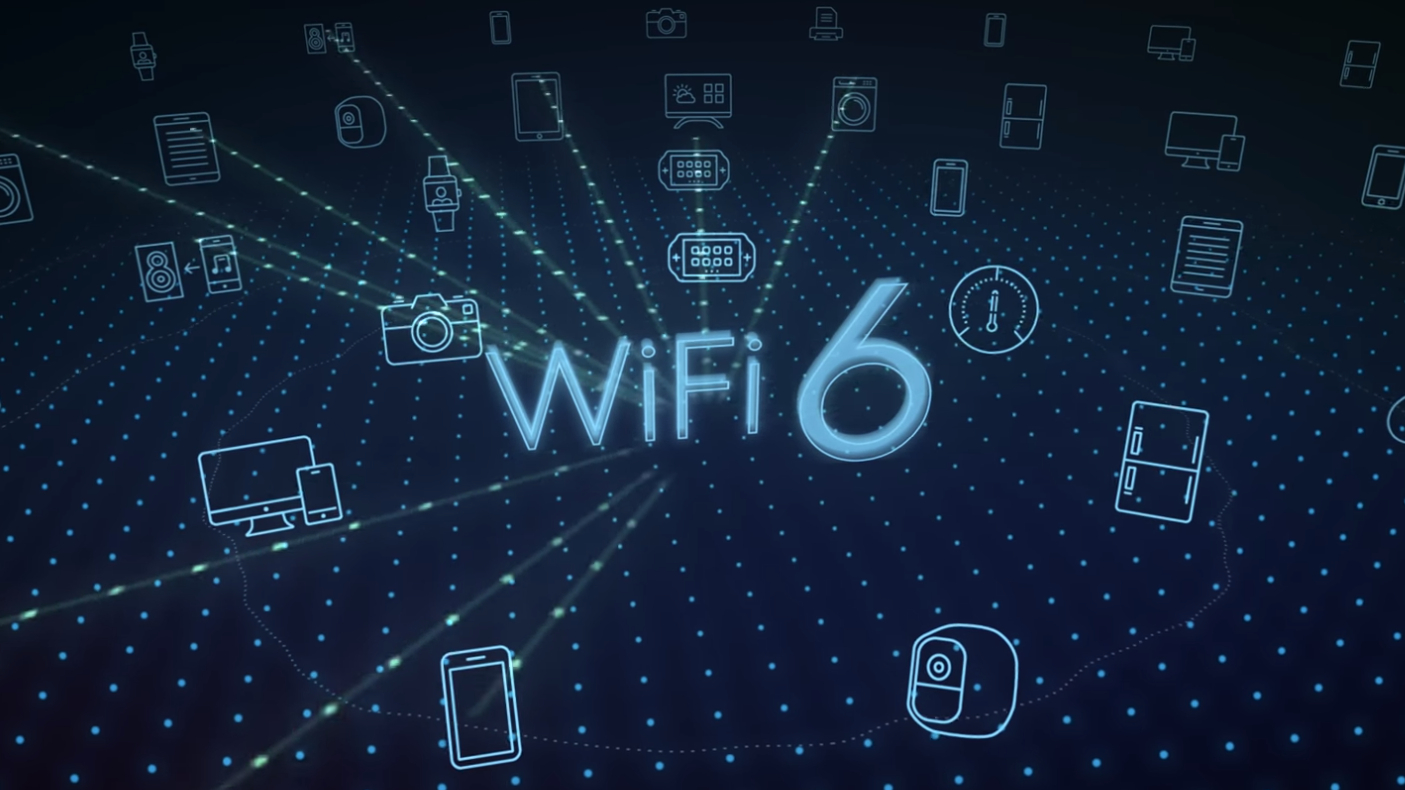Wireless industry pushes Wi-Fi 6 and 5G convergence
Potential applications are endless

The Wireless Broadband Alliance (WBA) and the Next Generation Mobile Networks Alliance (NGNA) say a new whitepaper outlining the opportunities afforded by converged networks adds “further verification” that Wi-Fi 6 will play a critical role in the success of 5G.
Earlier this year, the Wi-Fi Alliance decided to adopt a more consumer-friendly nomenclature, ditching technical standards like ‘Wi-Fi 802.11ac’ for a more generational approach. This means that the next major iteration of the technology – Wi-Fi 802.11ax – will be known as ‘Wi-Fi’ 6.
Among other things, Wi-Fi 6 enables faster speeds, increase capacity and improved performance in congested areas or during periods of high demand.
- 5G: Everything you need to know
- Wi-Fi 6 certification program sets minimum standard
- Early 5G networks are more than two times faster than 4G
Wi-Fi 6 5G convergence
Equipment manufacturers and many telecoms operators believe Wi-Fi 6 will be a complementary technology to 5G, aiding the creation of converged network services.
Specifically, convergence will see the lines between wireless and cellular connectivity blurred, allowing operators to seamlessly move traffic between networks while maintaining a high level of control and visibility. The end user should benefit from a superior experience and better connectivity.
The WBA has previously published guidance and a set of minimum specifications in order to stimulate adoption.
“Mobile and Wi-Fi operators, equipment manufacturers and end users all stand to benefit a great deal from the continued convergence of Wi-Fi and cellular networks, especially with the release of Wi-Fi 6 later this year and the continued development of 5G networks,” said Tiago Rodrigues, General Manager, WBA.
Are you a pro? Subscribe to our newsletter
Sign up to the TechRadar Pro newsletter to get all the top news, opinion, features and guidance your business needs to succeed!
“As the paper highlights, convergence of 5G and Wi-Fi 6 in the RAN is vital for 5G coverage in dense locations and indoor deployments, giving stakeholders the ability to cost effectively improve performance, while ultimately improving return on investment (ROI) for mobile operators.”
The new whitepaper, which includes input from the likes of BT, Orange, Cisco and Huawei, outlines the potential applications and identifies several challenges that must be overcome.
It says enterprise, residential and public networks will be transformed by the use of both wireless access points, 5G and femtocells to handle traffic. For example, someone could move around a connected city with seamless connectivity as their device is handed off from a mobile hotspot to a cellular network.
Meanwhile, the connected factory will be able to maximise the benefits of the Industrial Internet of Things (IIoT) by ensuring critical systems have constant connectivity and traffic is routed optimally. Latency and capacity will be a huge factor in successful implementations of IIoT.
However, the whitepaper also acknowledges the challenges in realising this vision. These include the difficulty in maintaining end to end performance and the development of a standard interface.
- The best Wi-Fi extenders of 2019
Steve McCaskill is TechRadar Pro's resident mobile industry expert, covering all aspects of the UK and global news, from operators to service providers and everything in between. He is a former editor of Silicon UK and journalist with over a decade's experience in the technology industry, writing about technology, in particular, telecoms, mobile and sports tech, sports, video games and media.